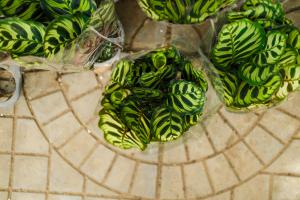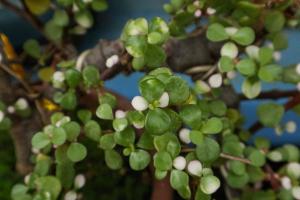Introduction
Many gardeners prefer to use tap water instead of bottled water to irrigate their plants, as it is more affordable and convenient. However, tap water may contain chemicals, pollutants, and minerals that can harm plants over time. In this article, we will explore some effective ways to filter tap water to provide safe and healthy water for your plants.
Boiling Tap Water
Boiling tap water is one of the easiest and cheapest methods of removing harmful chemicals and bacteria from the water. Boiling tap water for 5-10 minutes is sufficient to kill most harmful bacteria and viruses that might be present in the tap water. However, boiling will not remove the chlorine or other minerals present in water. Therefore, this method is not suitable for those who are looking for a complete water filtration system.
Using a Water Filter Pitcher
A water filter pitcher is an affordable and convenient option for filtering tap water. These pitchers use activated carbon filters to remove chlorine, sediment, and other impurities from tap water. They are easy to use and can help maintain healthy and hydrated plants. To use the pitcher, simply fill it with tap water and wait for the water to filter through the pitcher. Once the water is filtered, you can use it to water your plants.
Using a Reverse Osmosis System
A reverse osmosis (RO) system is a water filtration system that removes almost all dissolved minerals and pollutants from the water, making it safe for consumption and horticultural use. These systems use a membrane to filter out impurities, including nitrates, lead, and arsenic. The filtered water can be used to water your plants, and they will thrive, as there will be no harmful chemicals or minerals in the water. However, RO systems can be expensive and require professional installation.
Choosing the Right Filter
Choosing the right filter depends on your needs, budget, and the quality of the tap water in your area. If you live in an area with hard water, a pitcher filter or boiling tap water may not be sufficient to remove all the minerals present in the water. In such cases, a reverse osmosis system might be the best option. It is also essential to choose a filter that removes chlorine and other chemicals to keep your plants healthy.
Conclusion
In conclusion, using tap water for plants can be safe and affordable, provided you filter it correctly. Boiling tap water, using a water filter pitcher, or investing in a reverse osmosis system can help keep your plants healthy and thriving. It is essential to choose the right filter based on your needs and tap water quality to provide the best water to your plants. By following these simple steps, you can ensure that your plants receive the water they need to grow strong and vibrant.

 how many times do yo...
how many times do yo... how many planted tre...
how many planted tre... how many pine trees ...
how many pine trees ... how many pecan trees...
how many pecan trees... how many plants comp...
how many plants comp... how many plants can ...
how many plants can ... how many plants and ...
how many plants and ... how many pepper plan...
how many pepper plan...






























